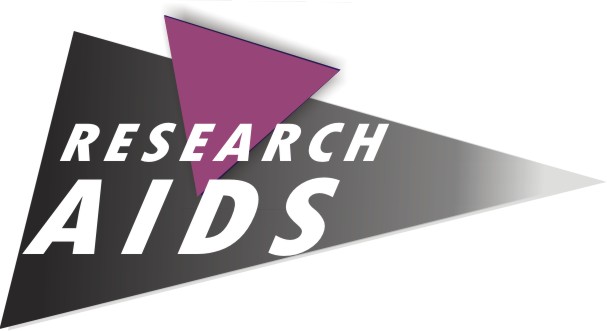Scientific Advancement
The introduction of antiretroviral therapy (ART) in 1996 was a major scientific breakthrough that substantially improved the treatment of HIV-infected people. Another major innovation was the introduction of fixed-dose combinations of antiretroviral drugs in a single pill, which reduces the number of tablets a patient has to take each day. This improves medication compliance, and reduces the development of resistance as well as the possibility of side effects and drug-drug interactions.
Significant efforts are also under way to develop and implement new prevention strategies and technologies:
• The timely administration of antiretroviral treatment to HIV-infected pregnant women was found to significantly reduce the risk of HIV transmission from mother to child. Prevention of mother-to-child transmission (PMTCT) was recommended as an effective strategy to halt transmission of HIV from mother to child in 1998.
• Male circumcision has been found to reduce the risk of heterosexually acquired HIV among men by 60 percent.5 It is now recommended by the World Health Organization (WHO) and UNAIDS as an effective prevention strategy.
• Work is ongoing to develop new biomedical prevention products, particularly an HIV vaccine and microbicides.
Global initiatives, such as the International AIDS Vaccine Initiative and the Global HIV/AIDS Vaccine Enterprise are promoting the development of an HIV vaccine. In addition, there are several candidate microbicidal products currently being tested to prevent HIV/AIDS. They are to complement condoms, which are associated with an 80 percent reduction in transmission6 but which cannot be used by women without the consent of their partner. Microbicides could be applied prior to sexual intercourse without the partner’s knowledge. The availability of an AIDS vaccine and effective micro-bicides, however, is still years away.
